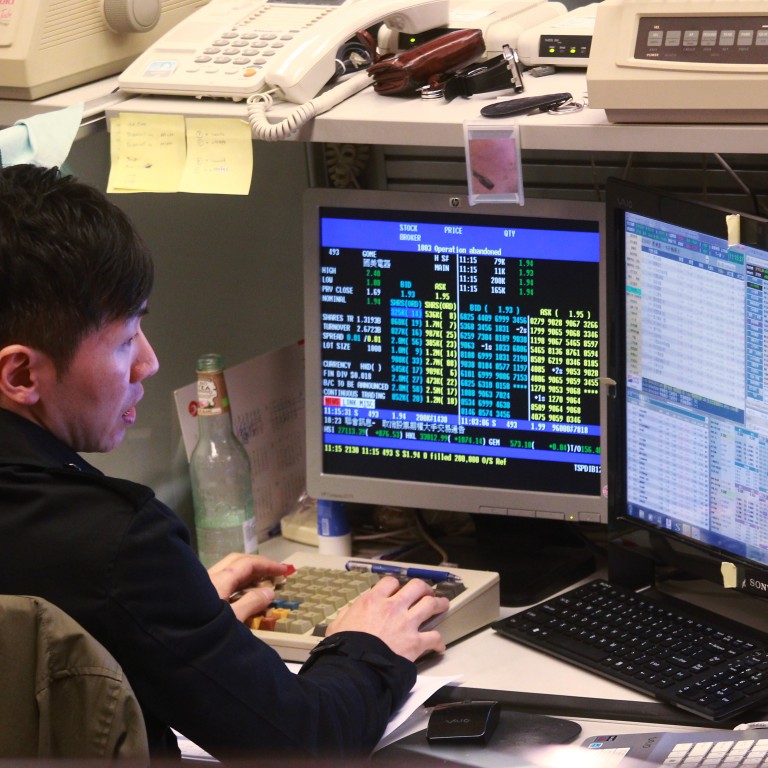
Hong Kong stock turnover in rally not only from mainland China mutual funds
While many believe the turnover in the stock market rally came from mainland China mutual funds investing through the stock connect scheme, simple math would show this is not true.
The rally has seen the turnover reached a record high of HK$293.91 billion on April 9 and the whole month in April stood at an average HK$200 billion a day. This is more than double the average daily turnover in the first quarter of HK$86.42 billion.
The extra HK$113 billion a day in April would lead people to think the money came from the mainland mutual funds. The average daily southbound turnover stood at only HK$1.2 billion from its launch in November up to before the Easter break, and then improved almost 10 times to HK$11 billion after Easter.
But this represents only 5.5 per cent of the total Hong Kong market turnover. Last Friday, it dropped back to HK$4.1 billion, accounting for only 3 per cent of the total turnover at HK$140 billion.
So where does the extra money came from? Bankers and brokers differ.
The bankers like to say they are from the US and European investors, pointing to the figures used by the Hong Kong Monetary Authority.
The HKMA said it has spent a total of HK$71.489 billion to defend the peg since mid April from overseas investors exchanging their currencies into the Hong Kong dollar to bet on the stock market. Some of the HKMA intervention took place during the evening in Hong Kong which is when the European or US markets are open.
This showed fund inflows are not only from mainland China.
The local brokers say the extra turnover money is still coming from mainland investors, only that they are not trading through the stock connect scheme but they travel to Hong Kong to open accounts in Hong Kong brokers and banks so as to directly place orders for Hong Kong stocks.
Some big houses such as Bank of China (Hong Kong), Hang Seng Bank and many local brokerage firms have seen new account openings rise several times higher than usual. They prefer opening the accounts here as they can easily engage in margin lending here.
As such, the rally is still driven by mainlanders who trade through Hong Kong but not via the stock connect. And they are not mainland mutual funds but are retail investors.
This may explain why the many small penny stocks have gyrated like crazy since April as retail investors tend to invest in small-cap counters.
With the extra money coming from these retailers, the local market will likely remain volatile.

